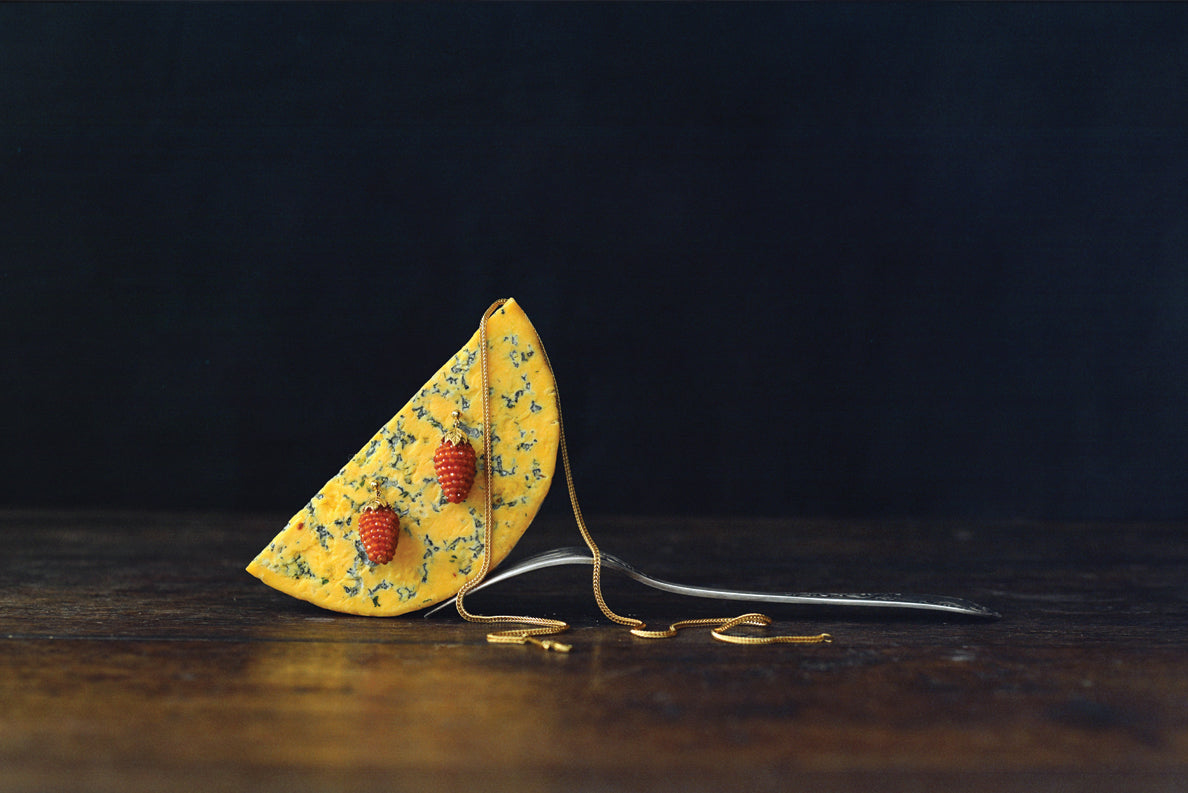Chapter 5: The Guardian
Our new spring/summer collection for 2020 is called Desert Rose. It tells a story of blooming through hardship, of the softness and openness that represents its own unique kind of strength.
The collection of jewels will be released in various chapters, allowing us to tell a story of all the unique elements that make up Desert Rose in its entirety.
Chapter 5 is a story of the Guardian.
This new chapter of the Desert Rose collection contains references to guardians of different kinds. In moments of fragility, it is essential not only to rely on oneself, but to remember one's connectedness to the communities around us, and to ask for help and guidance when we need it.
Guardians come in many shapes and sizes. The symbology of the angel, is in fact, an evolving one. In older religious texts angels were often described as fearsome, or abstract:
I looked up and there before me was a man dressed in linen, with a belt of fine gold from Uphaz around his waist. His body was like topaz, his face like lightning, his eyes like flaming torches, his arms and legs like the gleam of burnished bronze, and his voice like the sound of a multitude.
However, our modern conception of angels is more cherubin, with soft wings and childlike faces. This spectrum of depictions speaks to the capacity for our guardians to take the form of traditional, strong protectors, but to also come in the guise of innocence, softness, and gentleness.
Animals have been used across many cultures as totems in many traditional clan cultures, from Aboriginal Australia to Native America, and Africa. Gods in ancient Western and African societies took the form of animals, like the Ram God of Egypt.
There is also the idea of the eudaimon in Ancient Greece, intermediary spirits between Gods and Men who represented "happy spirits". This is reflected in the Norse concept of fylgja - spirits who accompanied a person through their fate.

Rams were seen as a symbol of life and fertility in ancient Egypt, where they were associated with the god Amun. As the supreme deity of the city of Thebes, sphynges (statues with the body of a cat and the head of another animal) even mummified by the ancients, and their bodies clad with golden masks and jewellery.
Seraphina Earrings

The cherubs depicted on these earrings are the embodiment of playfulness, joy and laughter. They hold aloft hendecagrams which represent the Tree of Knowledge. Above this, are two Fleur-de-lis, which have intense significance in Ancient Eastern and Western culture. All three images together take in the three sides of an ideal self - youthful joy, deep knowledge, and immense strength. With emerald and et.

Grapes symbolised cheer, good health, and giving in to one’s intuitions and emotions in Ancient Greece. They were intrinsically connected to the God of Wine, Bacchus, who was known for his perpetual happiness, and lack of inhibition and restraint. Bacchanalian symbols remind us to be liberated, open, and to follow our feelings.
All of the items in this new chapter reference the guardians of our history, while bringing these symbols into the present for a modern wearer.
They provide us with a recognition of our forebears, while giving us confidence and a happy spirit in the present. Shop the full collection here.